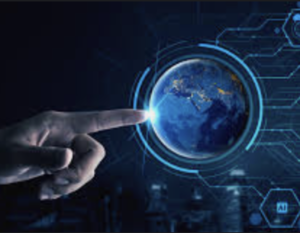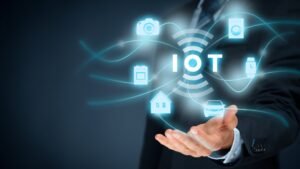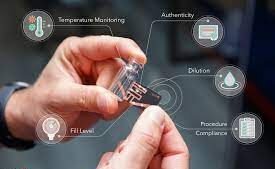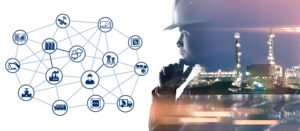In today’s world, we can create customized customer experiences with connected device ecosystems just about anywhere, including (but not limited to) our houses, cars, family care homes, and factories. However, customer demands are always changing: businesses and their engineers need to innovate while also establishing trust, as connected devices come with many privacy concerns. So, what should you be looking out for in the future of Sensor technology or what we called it IoT?

The Internet of Things is a fast-growing industry that can be divided into several categories: consumer, commercial, and industrial. When we think of IoT as a consumer, we may think of a refrigerator telling us when we’re out of milk, but that’s not what makes IoT revolutionary. Instead, the fridge should be able to collect energy usage and generate data from all across the grid, then utilize this data to figure out how to best distribute energy resources to optimize overall energy consumption, benefiting both consumers and the utility companies. Let’s take a look at four aspects directly related to the future of IoT.
1. IoT Companies & a Circular Economy
IoT companies are helping pave the way for a future with minimized waste, energy efficiency, and greater personal autonomy. However, to be sustainable, a connected device system must be feedback-rich and responsive, and actions must be connected through data. Some of the pathways to achieving a responsive and actionable system include:
- Extending the use cycle with predictive maintenance, instead of the “break-fix” model of manufacturing.
- Increasing utilization and reducing unplanned downtime.
- Looping the asset to reuse, remanufacture, or recycle, thanks to improved information of the condition and use history.
An interesting case study is Michelin, which is adding sensors to tires to better understand wear over time. This data is useful for customers to know when to rotate or replace tires which saves them money and improves safety. But this also means Michelin can shift their business model to leasing tires instead of selling them. Sensor data will tell the company how to maintain the tires, so Michelin has a new commercial interest in making tires last as long as possible as the company now owns them.

2. IoT Security Improvements
A challenge for businesses making a pivot to IoT is that it not only requires a full stack team of mechanical, electrical, and firmware engineers for the hardware but also a software team to design and manage the cloud infrastructure and app developers so your users can understand the data and make their own decisions.
Though the technology has been around for years, IoT is still relatively in its infancy when it comes to regulation and security. Many companies want to be the first to market their product, so security often takes a backseat. It’s easy for both consumers and businesses to think, “Why would anyone hack my Wi-Fi coffee machine?” You may not worry about the coffee machine, but if your connected car or baby monitor were compromised, then this faulty security can have some very real consequences.
As more devices are released to the public, the attack surface is growing. Surveys show that improving security is more important than cost to purchase. For the future of IoT, customers need to be in control of their data, and companies need to improve trust by addressing the public’s privacy and security concerns.
3. Artificial Intelligence and IoT

IoT delivers data, but it’s only valuable if the data is actionable. AI helps provide context and creativity to drive intelligent actions from the collected data. There are 3 levels of the utility of AI and IoT:
- Basic: A prediction to forecast and mitigate risky events, using real-time data to determine when machinery and equipment will break down.
- Middle: A power of prescription (vehicles can course-correct when a car veers from the center of the lane, railway track sensors can warn against track failures).
- Advanced: Deliver adaptive or autonomous response (blood glucose sensors can alter insulin delivery levels in response to changing patient needs).
AI can offer risk management, such as detecting fraudulent behavior in ATMs, predicting driver insurance premiums based on driving patterns, or predictive maintenance – reducing maintenance time, increasing equipment uptime, and improving overall maintenance costs.
4. IoT Networks Decentralized
More is being put on cloud service providers like AWS and Azure, presenting a bottleneck single-point-of-failure for connected systems. Unfortunately, this also presents them as a growing target for attacks as they gain more market share, and thus an increase in potential attack surface.
The Blockchain approach to decentralized networks is a distributed ledger of transactions shared among the nodes of a network instead of a central server; however, the encryption and verification of blockchain transactions are computationally intensive, and IoT devices typically have limited computing power.
As more devices become IoT-connected, they will put a strain on cloud infrastructure and maintenance costs. We will need to reduce reliance on cloud-based platforms to analyze data and make data-driven decisions faster. Companies and businesses will need to weigh the options of bringing data to the cloud (if it is actually needed) or processing at the edge.

What’s Next For IoT?
If You want to work in this area or have some idea you may connect with the undersigned.